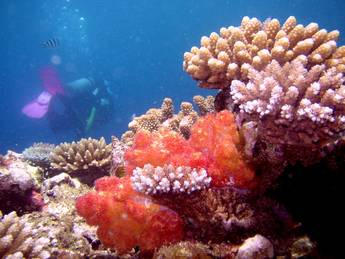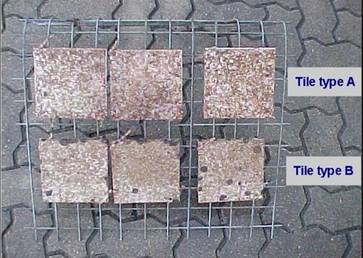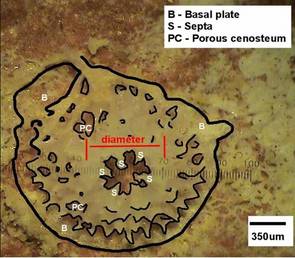Coral recruitment during a post-bleaching recover period
A total of 592 coral spat and 1,409 coral recruits were observed on tiles and reef substrate from three study sites at two depths per site, on Suva Reef. Adult hard coral abundances were higher in the shallow than in the deep zone. However, adult coral colonies from both depth zones suffered bleaching, with shallow zone corals suffering more than those in the deep.
Successful coral settlement and recruitment is critical to the resilience of coral reefs. Four of the six coral genera (Acropora, Montipora, Pocillopora and Porites) showed higher settlement during the major spawning season (October to December 2001), while the Unknowns, followed by Pocillopora and Porites were dominant during the minor spawning season (March to April 2002). Of the two tile types used, terracotta tiles were the preferred settlement substrate over ceramic tiles, and this could be attributed to its rough surface which possibly reduced spat predation by providing a cryptic location. Seventy percent of coral spat from the shallow zone (3-5m) settled onto the top surface of tiles during both spawning seasons. Settlements to deep zone (10-14m) tiles were variable with both tile types showing higher settlement onto top as opposed to bottom surfaces.
Highest contributor to coral recruitment in both depth zones was through sexual reproduction. For the shallow zone, this was followed by re-growths, and in the deep zone, it was followed by budding. Recruitment through fragmentation contributed very little in both depth zones.
Coral spat settlement and coral recruitment patterns in both the shallow (3-5m) and deep zone (10-14m) were consistent with adult distributions. Effects of benthic categories such as percentage cover of Scleractinia, rock, rubble and macroalgae on recruitment varied within the shallow and deep zone. Scleractinia and rock cover were shown to significantly influence coral recruitment levels. A relationship found in this study, but which requires further testing, is the link between low benthic habitat type diversity and possible benthic category influence on coral recruitment.
The results of this study show that it is important to know coral settlement and recruitment levels as it mirrors adult coral distribution. This in turn means that both natural (bleaching) and especially anthropogenic disturbances (such as coral harvesting), should be closely monitored and harvested sustainably to ensure survival of parent population for successful breeding. This is because, the higher the adult coral abundance, the higher the coral spat and recruit populations.




